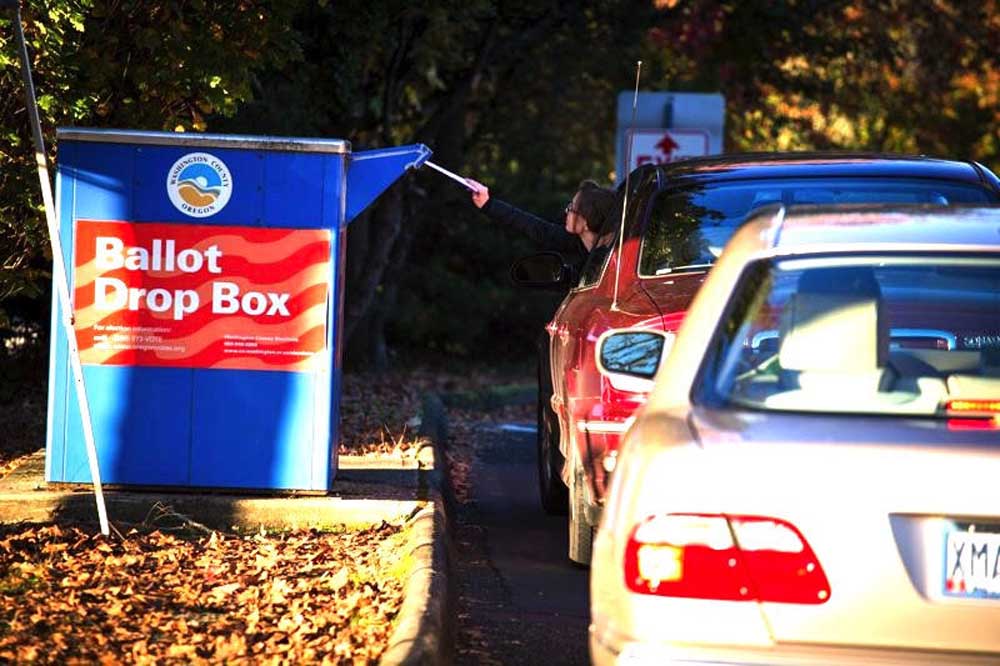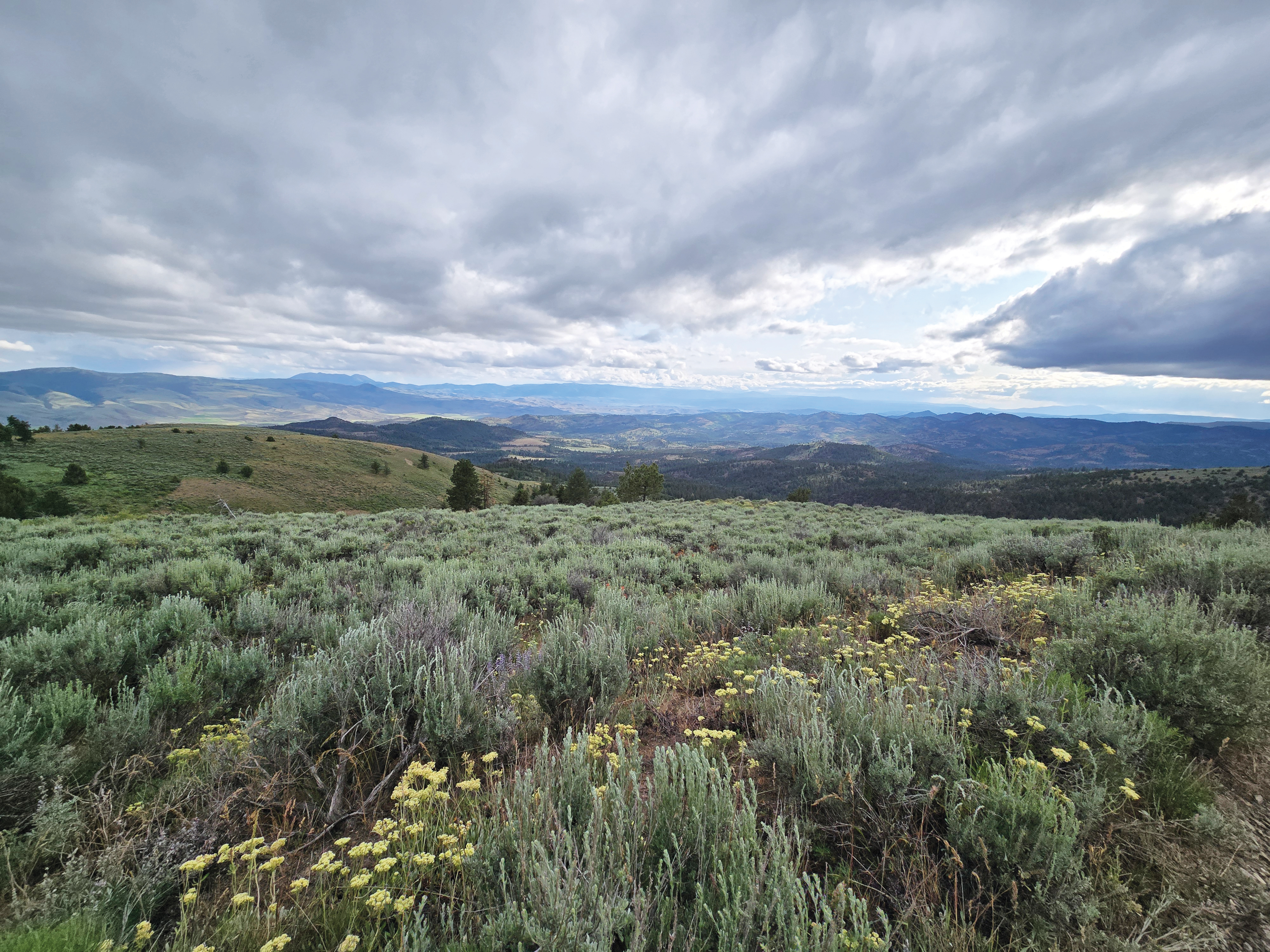Officials cite ‘Motor Voter’ for lower turnout
Published 11:50 am Wednesday, November 9, 2016

- Only about 33 percent of Oregon's registered voters cast a ballot in Tuesday's election, the lowest turnout since 1964..
Capital Bureau
SALEM — Oregonians voted in Tuesday’s election at a slightly lower rate than usual for a presidential election, which may be attributable to the state’s new automatic voter registration law.
About 76.2 percent of the state’s 2.56 million registered voters cast ballots, according to unofficial ballot returns compiled by the Oregon Secretary of State and published Wednesday morning.
In the 2012 election, about 82.8 percent of registered voters returned ballots, according to the Secretary of State’s Office; in 2008, turnout among registered voters was 85.67 percent, and in 2004, 86.48 percent.
Since the last presidential election, the state implemented a landmark law automatically registering new drivers to vote.
As of late October, about 230,000 people were registered to vote through the 2015 law, referred to as “Motor Voter.”
Jim Moore, a professor of political science at Pacific University, said the law probably had the “expected” effect — dilution.
“…the Motor Voter act brought in new people who didn’t vote,” Moore said. “That’s totally to be expected.”
Although the number of registered voters leapt the highest numerically it ever has in a two-year period, that jump is merely the fourth-highest percentage increase in registered voters in Oregon history, Moore said. The state saw a higher percentage increase when the voting age was lowered from 21 to 18, for example, Moore said.
About 1.95 million ballots were returned this year.
Moore noted that Democratic Gov. Kate Brown likely benefited from the unusual timing of this year’s gubernatorial race.
That contest is usually held in the even years between presidential elections. But because Brown succeeded to the governorship when John Kitzhaber resigned early in his term, she was required to run this year to fill out the remainder of his four-year term.
More people tend to participate in presidential elections, and when there’s higher turnout in Oregon more Democrats usually vote, Moore said.
Participation rates appeared highest among registered Republicans and Democrats in this election, according to the Secretary of State’s Office.
About 85.1 percent of the 715, 845 registered Republicans returned a ballot, while 84 percent of the 985,696 registered Democrats returned a ballot.
Meanwhile, about 74.8 percent of the 119,268 registered Independents returned ballots and about 56.6 percent of the 675,809 nonaffiliated voters did so.
Under Oregon’s law, unless a person chooses to register with a particular party or opts out of registration, Motor Voters are registered as nonaffiliated.
Although Oregon was the first state to pass an automatic registration law, several other states have since joined suit.
The Secretary of State’s Office says it will put out a “more comprehensive” report on voter turnout, which will include all people eligible to vote, not just those who are registered.






